I often find myself focusing on a conversation while my hand aches from writing notes. The challenge of simultaneous listening and documenting is a universal struggle. We all attend meetings, lectures, or interviews where every word seems important. This is where Otter.ai steps in. Otter.ai is an artificial intelligence (AI) powered transcription and note-taking assistant. It offers a powerful solution to this problem. The tool records, transcribes, and summarizes spoken conversations in real-time. This automation helps individuals and teams save time and significantly boost productivity.
How Otter.ai Uses AI to Revolutionize Note-Taking
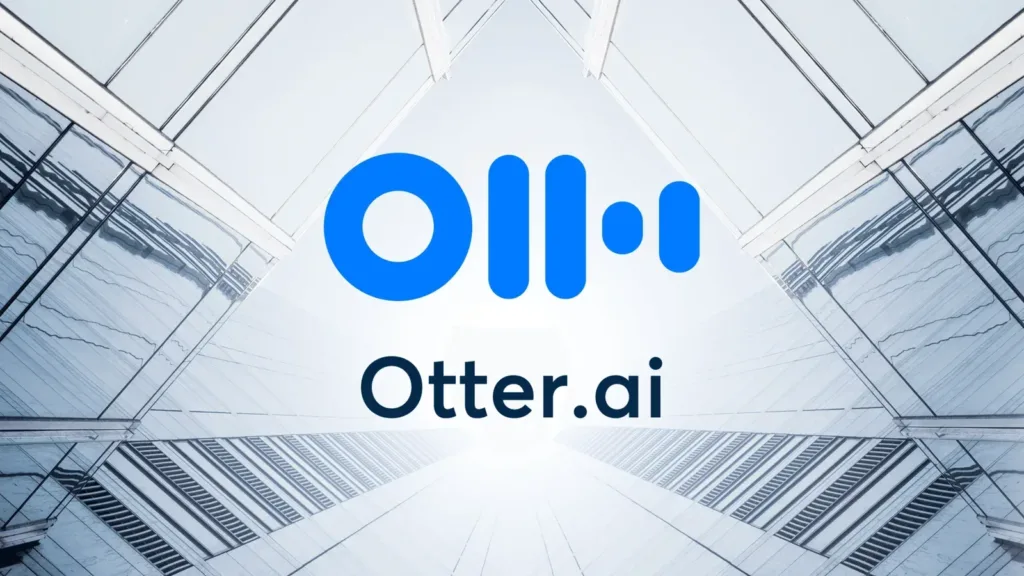
Otter.ai utilizes sophisticated AI algorithms for its core function: transforming speech into text. I believe understanding this technology helps us appreciate its impact.
Advanced Voice Recognition and NLP
The platform uses advanced voice recognition and Natural Language Processing (NLP). NLP is a field of AI that gives computers the ability to understand human language.
- Real-time Transcription: Otter.ai transcribes conversations as they happen. This real-time feature is a key differentiator. It gives users instant access to the text.
- Speaker Identification: The tool attempts to identify and label different speakers in a conversation. This is crucial for clear meeting notes.
- Custom Vocabulary: Users can teach Otter.ai new words. I find this feature useful for industry-specific jargon, product names, or acronyms. This helps to improve the transcription accuracy greatly.
The Power of the AI Assistant
The AI component has grown beyond just transcription. The tool now includes an “Assistant” feature, also referred to as a Notetaker or Pilot. This Assistant can automatically join virtual meetings on platforms like Zoom, Google Meet, and Microsoft Teams. It handles the recording and note-taking entirely on its own.
Otter AI Chat: A Knowledge Base
A key feature is Otter AI Chat. I can use this chat interface to ask questions about the meeting content, even during or after the session. The AI processes the transcript data to provide answers, action items, or summaries. This turns a simple transcript into a searchable knowledge base.
- Search and Retrieve: I can quickly search for a keyword or phrase across hundreds of past transcripts. This allows for fast information retrieval.
- Summary Generation: The AI can condense long conversations into brief, concise summaries. This helps people catch up on missed meetings quickly.
Real-World Applications of Otter.ai
The benefits of using an AI transcription tool like Otter.ai extend across many professional and educational settings. The tool’s versatility makes it valuable for diverse user groups.
Business and Team Collaboration
In the business environment, time is a critical resource. Otter.ai greatly improves how teams work together.
- Efficient Meetings: When the AI takes notes, meeting participants can fully focus on the discussion. I know that being present in the conversation leads to better outcomes and faster decision-making.
- Automated Follow-up: The tool can automatically generate a draft follow-up email, including action items and key takeaways. This automation streamlines the post-meeting process.
- Sales and Client Calls: Sales teams use the transcripts to review client needs and track commitments. This helps them ensure better customer service and clear communication.
- Project Management: Notes and action items can integrate with project management tools. This helps keep tasks organized and assigned.
Education and Academic Use
Students and educators find the tool extremely helpful for academic tasks.
- Lecture Capture: Students can record lectures and receive accurate transcripts. This helps them focus on understanding the material, not on writing down every word.
- Research Interviews: Researchers use Otter.ai to transcribe interviews quickly. This saves hours of manual work, speeding up the research process. Researchers often need to handle large amounts of data, which AI tools can manage. You can learn more about how AI is helping students with their workflow by reading our piece on the 5 Best AI Homework Helper Tools for Students.
Media and Content Creation
For journalists, podcasters, and content creators, transcription is often a necessary but tedious step.
- Interview Transcription: Journalists use Otter.ai for transcribing interviews for articles. The tool’s time-stamped text makes referencing specific quotes easy.
- Video Subtitles: The generated text can be exported and used to create accurate subtitles or captions for videos, improving accessibility and SEO.
Current Trends and AI-Driven Features
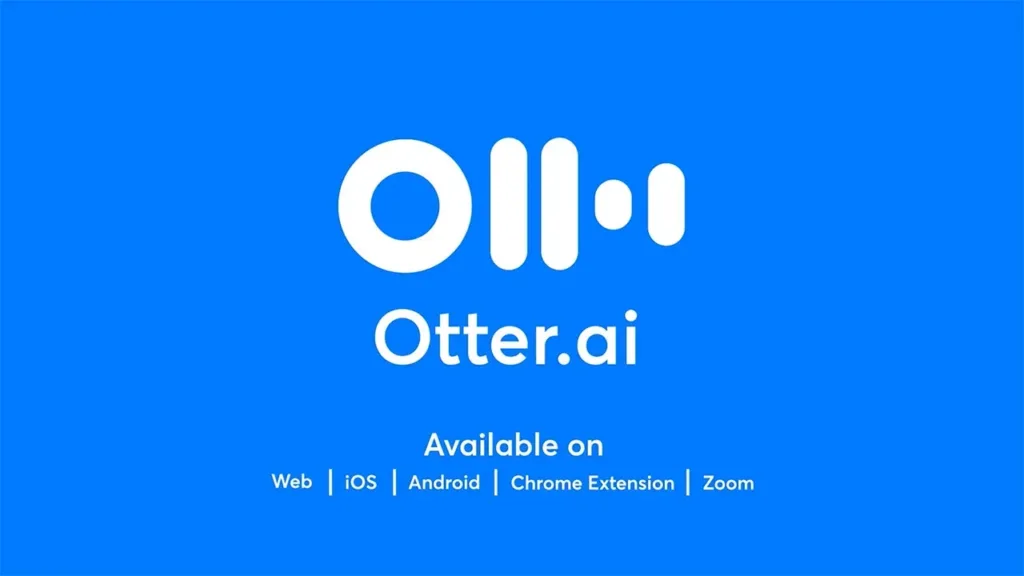
The field of AI transcription is constantly changing. Otter.ai remains at the forefront by adding more advanced AI features. The trend is moving toward Agentic AI—where the AI not only transcribes but also takes on active tasks.
Agentic AI and Workflow Automation
Agentic AI means the tool acts as an intelligent agent. It performs tasks based on the meeting data.
- Task Assignment: The AI identifies who said what they would do. It then automatically lists these as actionable tasks.
- Cross-System Integration: New API capabilities allow Otter.ai to connect with Customer Relationship Management (CRM) systems like Salesforce or project management platforms like Asana. The meeting data flows out of Otter.ai and directly into these other systems. For example, a discussion with a client can automatically update the client’s record in the CRM.
Privacy and Data Security
As AI handles more sensitive corporate data, security becomes paramount. Users and companies must prioritize strong data security practices. Otter.ai offers features like two-factor authentication (2FA) and, in its Enterprise plans, Single Sign-On (SSO) and HIPAA compliance to ensure data protection. I strongly recommend that businesses review the security policies of any AI tool before widespread adoption. The U.S. National Institute of Standards and Technology (NIST) provides important frameworks and guidelines for data security and privacy that I believe are useful for reference in this area.
Choosing the Right Tool: Otter.ai vs. Alternatives
While Otter.ai is a widely recognized name, the market for AI transcription and meeting assistants is competitive. I find it useful to compare the different offerings based on specific user needs.
Key Comparison Points
When evaluating tools like Otter.ai, Fathom, or Sonix, I focus on several factors:
- Transcription Accuracy: This is the most important factor. Accuracy can be affected by accents, background noise, and technical vocabulary. Users generally praise Otter.ai for its real-time accuracy, but some alternatives may excel in post-call processing.
- Speaker Identification: How well the tool separates and labels who is speaking matters a lot for meeting notes.
- Integration Ecosystem: Does the tool integrate with my existing calendar, video conferencing, and project management apps? Otter.ai generally offers a more robust list of direct integrations compared to some competitors.
- Pricing Structure: The cost and the features included in the free or paid plans are a major consideration.
Otter.ai’s Free vs. Paid Tiers
Otter.ai offers a tiered pricing structure to suit different user needs.
| Plan | Target User | Key Limits & Features |
| Basic (Free) | Casual Users, Testers | Limited monthly transcription minutes (e.g., 300 minutes). Max 30 minutes per conversation. Basic live transcription and audio recording. |
| Pro | Individual Professionals, Power Users | Higher monthly minutes (e.g., 1,200). Longer maximum conversation length (e.g., 90 minutes). Advanced search, enhanced collaboration, and custom vocabulary. |
| Business | Small to Medium Teams | Significantly more minutes (e.g., 6,000). Max 4 hours per conversation. Admin features, usage analytics, and the ability to join multiple concurrent meetings. |
The free Otter.ai plan is excellent for testing the tool. However, heavy users or teams will likely need a paid plan due to the limitations on monthly minutes and per-conversation length.
The Competitive Landscape
Alternatives exist that may offer specialized features that suit certain users better.
- Focus on Post-Meeting Insights: Some tools, like Fathom, are praised for their quick, actionable summaries and strong CRM syncing.
- Enhanced Editing and Media: Tools like Sonix often receive high marks for their text editing features and precise timecode management, which is important for media production. We have seen other AI tools emerge that focus on generating video content from text, such as those discussed in our piece on Vidnoz AI: Best Text to Video AI Tool Review.
- Agentic Alternatives: New AI assistants, like the concept of AI agents, are entering the market, with a focus on autonomous task execution and multi-step planning. For more on this, I suggest looking into our article on Manus AI Agents and our analysis of Suna AI, a Strong Manus AI Alternative.
Maximizing Productivity with Otter.ai
Using Otter.ai effectively requires changing one’s approach to note-taking. It is more than just a recording device; it is a collaborative workspace.
Tips for Better Transcriptions
I recommend users follow these tips for the best results:
- Clear Audio: Ensure the recording device is close to the speakers. Noise-canceling headphones or microphones are useful.
- Speak Clearly: Encourage participants to speak one at a time. The tool struggles when multiple people talk simultaneously.
- Train the Custom Vocabulary: Regularly adding unique names or terms to the custom vocabulary will boost the transcript accuracy.
Collaboration and Sharing
The real value of Otter.ai comes from its sharing features.
- Channels and Folders: Organize meeting notes into team-specific channels or project folders. This makes all team knowledge easy to find.
- Highlight and Comment: Teammates can highlight important sections or add comments directly within the transcript. This improves collaboration on action items.
- Action Item Tags: I like to use the action item feature to clearly assign tasks to specific people during the conversation.
The Future of Otter.ai and Transcription
The direction of Otter.ai shows a clear move away from being just a transcription service. I see it becoming an AI workflow management tool. It aims to automate the entire lifecycle of a conversation. From scheduling a meeting to drafting the follow-up email and updating related project tasks, the AI handles the administrative work. This frees up human effort for strategic thinking and execution.As AI models improve, I expect to see transcription accuracy rise even further. More sophisticated language understanding will lead to better summaries, and the AI will handle more complex, multi-step tasks. Otter.ai has already proven itself as a powerful, productive tool. Its continuous development solidifies its place in the market for smart technology. The tool helps individuals and teams save time and focus on what truly matters: effective communication and great work.


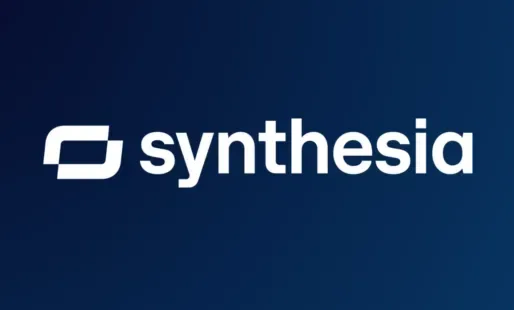
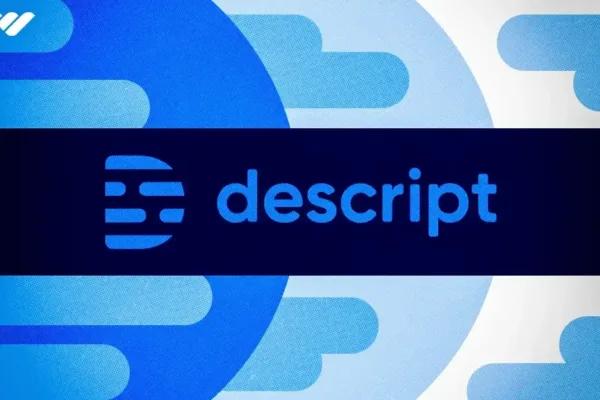
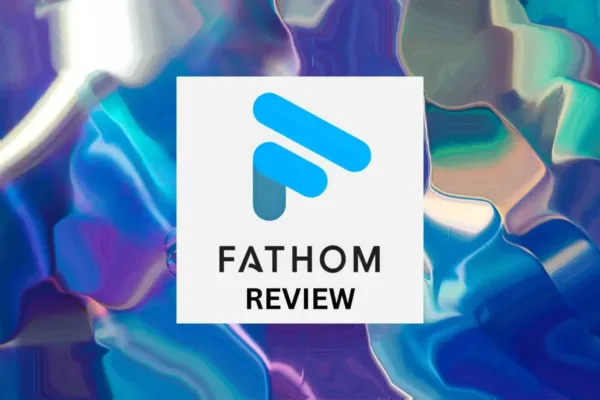
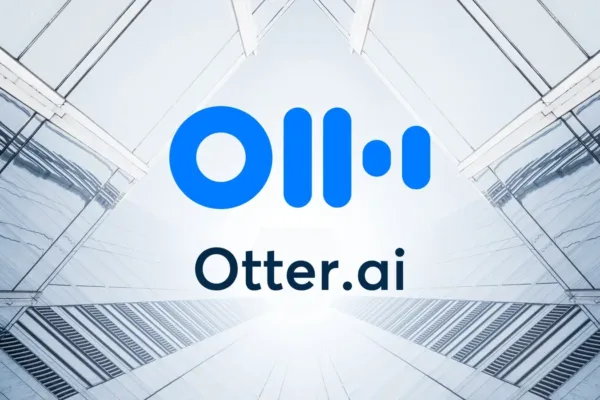
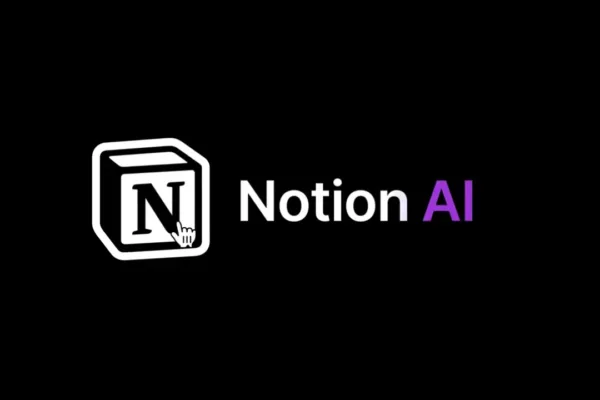
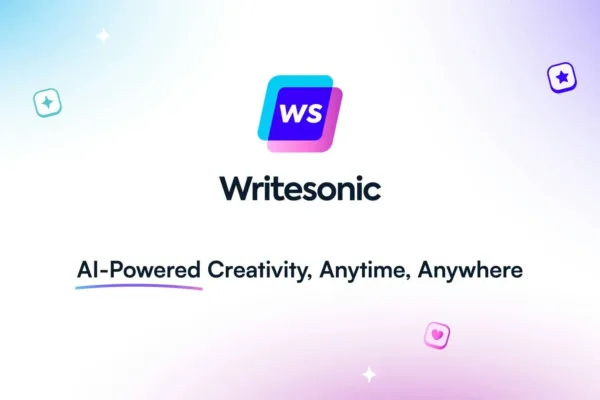
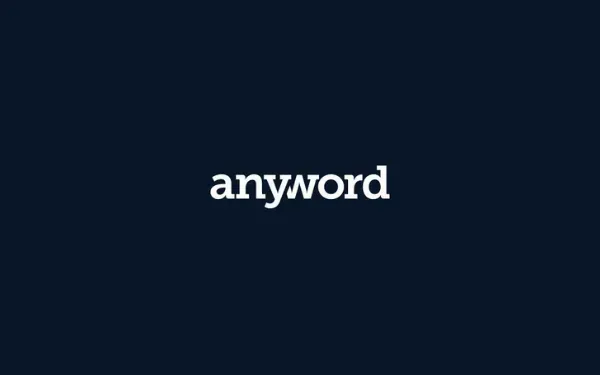
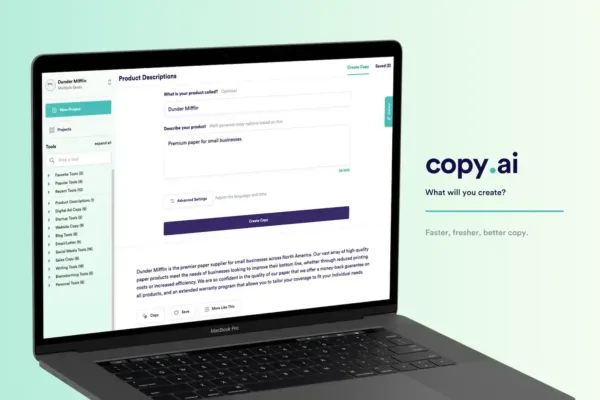
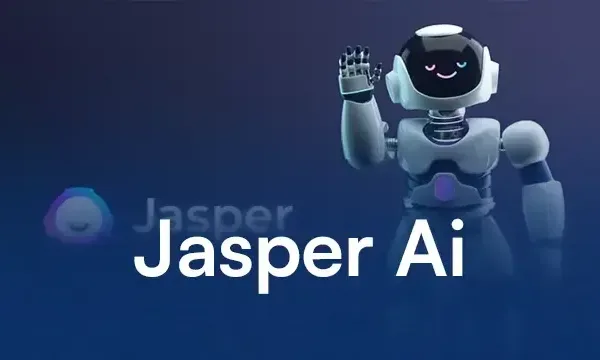

One thought on “AI and Augmented Reality: Merging AI with VR for Smarter, Immersive Experiences”